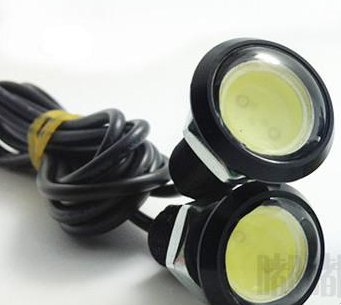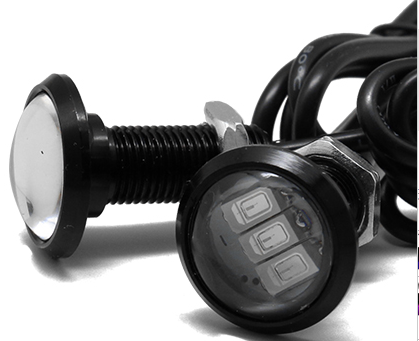respire
1 mW
- Joined
- Apr 23, 2018
- Messages
- 11
It's time to put some lights onto my first e-bike project! My battery is 52V and it delivers in the range of 42-58V (roughly), and i'd like to be able to use four 12V LED in series without a DC/DC converter.
However when the battery is full, the LED should still glow with only 42/4=10.5V and when it's full at 14.5V it should not blow up.
I am wondering which (if any) of the following two LED modules is more likely to fit my requirements, the mono COB chip or 5730 triplet (which seem to have 151ohms resistor in between each LED according to one of the pictures from the link below):


Here are the links to the relevant products (chinese website), however, no clear information on forward voltage or max current is provided there...
COB module on Tmall
5730 triplet module on Tmall
However when the battery is full, the LED should still glow with only 42/4=10.5V and when it's full at 14.5V it should not blow up.
I am wondering which (if any) of the following two LED modules is more likely to fit my requirements, the mono COB chip or 5730 triplet (which seem to have 151ohms resistor in between each LED according to one of the pictures from the link below):


Here are the links to the relevant products (chinese website), however, no clear information on forward voltage or max current is provided there...
COB module on Tmall
5730 triplet module on Tmall




